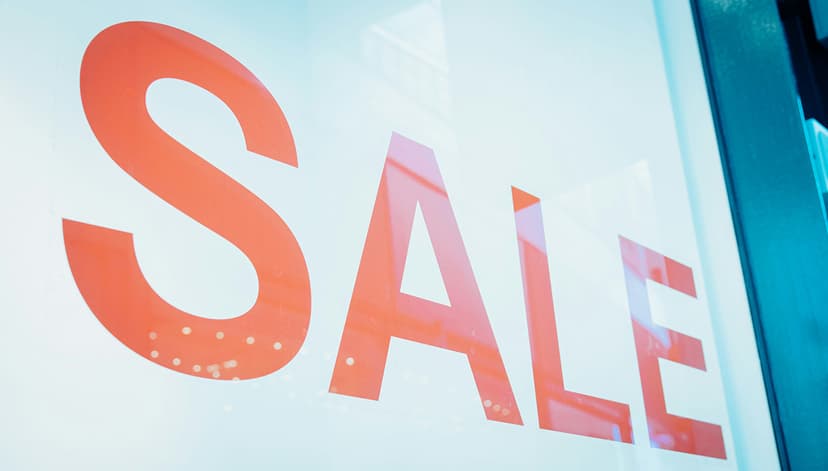What is an Acceptable Churn Rate for a SaaS Company?
Understanding churn rate is vital for any SaaS (Software as a Service) company. Churn rate, or customer attrition, measures the percentage of subscribers who stop using a service within a specific period. This metric is important because it impacts growth and revenue. What qualifies as an acceptable churn rate in the SaaS industry? Let’s clarify.
Churn Rate: The Basics
Churn rate can be calculated using this formula:
Html
For instance, if a company begins the month with 1000 customers and loses 50 by the end, the churn rate would be:
Html
Industry Benchmarks
Acceptable churn rates differ based on industry and company maturity. On average, a good churn rate for a SaaS company is about 5% to 7% annually. Many successful SaaS companies aim for even lower rates of 1% to 2% per month.
-
Startups: Startups may have higher churn rates as they refine their product-market fit. A churn rate of 10% is considered acceptable.
-
Small to Medium Enterprises (SMEs): As companies mature, they should aim to reduce churn. SMEs often target a churn rate below 5%.
-
Large Enterprises: Established companies with a strong customer base typically see the lowest churn rates. Companies in this category often maintain rates under 2%.
Factors Affecting Churn Rate
Several factors can influence churn rates. Recognizing these can help manage and lower customer attrition:
-
Customer Experience: A negative experience can drive customers away. Providing great support and a user-friendly interface is critical.
-
Product Quality: If software is problematic or doesn’t meet expectations, users are likely to leave.
-
Pricing: Cost is key. If a service is too costly compared to its perceived value, it may lead to churn.
-
Competition: Better features or pricing from competitors can attract customers away.
Real-World Examples
-
Salesforce: As a leader in customer relationship management, Salesforce maintains a churn rate below 9% annually.
-
Dropbox: Dropbox keeps its churn rate low by continually innovating and adding new features. Their yearly churn rate is around 5%.
How to Reduce Churn Rate
Improving churn rates involves creating loyal customers. Here are some strategies:
-
Gather Feedback: Use regular surveys and feedback forms to gauge why customers are leaving. This information can guide improvements.
-
Onboarding: A smooth onboarding process can help reduce churn. Educate customers on how to maximize the use of your product.
-
Customer Support: Providing excellent support can greatly impact retention. Responsive support is essential.
-
Regular Updates: Continuously improve your product to maintain relevance and enhance value.
-
Community Building: Engage customers through forums and events. A strong community can help retain users.
The Bottom Line
Acceptable churn rates vary by multiple factors, including company age, industry, and business model. While startups can tolerate higher churn, mature SaaS companies typically aim for rates below 5% annually. Reducing churn is a continuous effort that requires understanding customer needs, delivering value, and enhancing the product.












